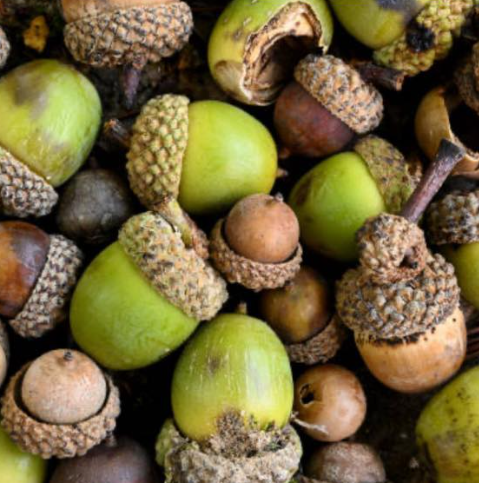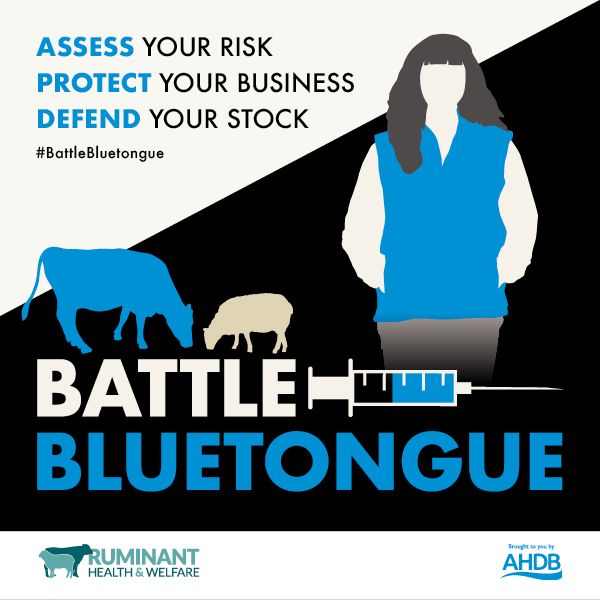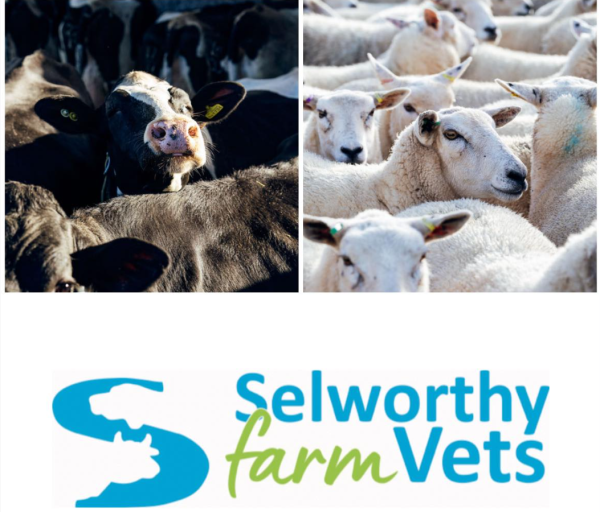Parasites
The early September wet weather has really set parasites in motion. Over the past weeks, we’ve seen very high worm egg counts in both ewes and lambs. In some cases, this has been confirmed as Haemonchus contortus (barber’s pole worm).
It’s important to remember that while whole-flock worming for “normal” gut worms is not usually needed at this time of year, some individuals may still benefit from treatment. Taking a worm egg count of leaner ewes can be very helpful.
Lambs in particular often struggle with worms through the autumn. Animal Health and Welfare Pathway funding provides an excellent opportunity to investigate these issues, and we are always happy to work with you to find practical solutions to these challenges.
We’ve also seen outbreaks of pneumonia in yearling cattle triggered by lungworm. Although there is a temptation to delay worming cattle until housing, it’s important to consider the effects of both lungworm and gutworm, which can significantly impact growth and health. Cattle may be more vulnerable this year, having had less summer exposure to worms during the dry weather, leaving their immune systems unprepared.
This serves as a timely reminder to ensure youngstock receive pneumonia vaccines before housing to provide maximum protection.




